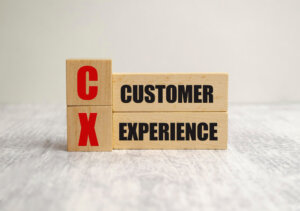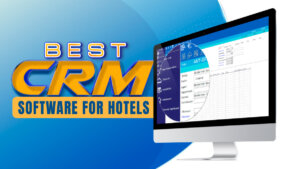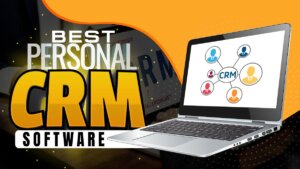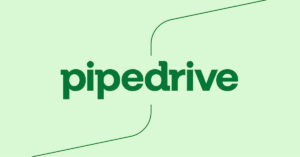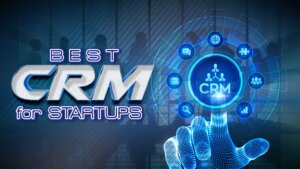Help Thyself. It is the ‘it’ strategy these days. It makes good business sense. Outstanding content can divert call and email volume. It can improve the Customer Experience. As technology has evolved so have self-help presentation options. Long, static user guides are quickly becoming passé as quick guides, indexed documents and how-to videos become ubiquitous.
Which Customer Self-Help Strategy is best for you?
First, think of self-help as just one of the cornerstones of your Customer Experience. Self-guided learning works great, but only for those customers/users who would rather find the answer instead of waiting for an email response or to make a call.
When you ‘walk’ from the outside-in through your Customer Experience, do you discover ways to teach your customers how to best use your product or service? Can you think of ways to encourage your users to better understand how your product or service can add value for them?
Self-Help options should be a natural extension of how a customer learns to use your product or service. If there are a lot of visual references required, then video is a solid option to include. If a quick reference guide of steps 1 through … makes sense, then don’t use a video. The user would have to write down the steps instead of having that quick guide in hand. Or better yet, pair the two together if that enhances understanding and ultimately utilization.
Comprehensive product manuals are somewhat of a necessary evil. It’s likely they are not fully used and they take a lot of time and resources to create and keep current; but, you can’t get away without having one. (Side note-have your new employees use the current manual to learn about your product/service as well as to identify what may be out of date.)
Does your self-help content include references to how your customers will use your product or service? User-based, topical presentations are the secret to user traction. To improve comprehension and utilization, present your information with when and why content.
I am a big fan of ‘bite-sized’ learning. If you have a complex service or product, then try to segment your Self-Service offerings to facilitate quick, incremental learning. Create short, topical content based on how the product or service will be used.
Create content based on the Who’s-on-First perspective: WHO should do WHAT, WHY and WHEN; and, don’t forget the HOW to ensure those who will try self-help, can find the answers.
Exceptional Self-Help strategies will divert inbound customer requests; but, they will not be effective as the only Customer Service strategy. Create your self-help content and presentation strategy as one of the pillars of your overall Customer Experience.
Amazon, Netflix, Go-To-Meeting are a few examples of outstanding self-help strategies. What are your favorites?
 Sections of this topic
Sections of this topic


